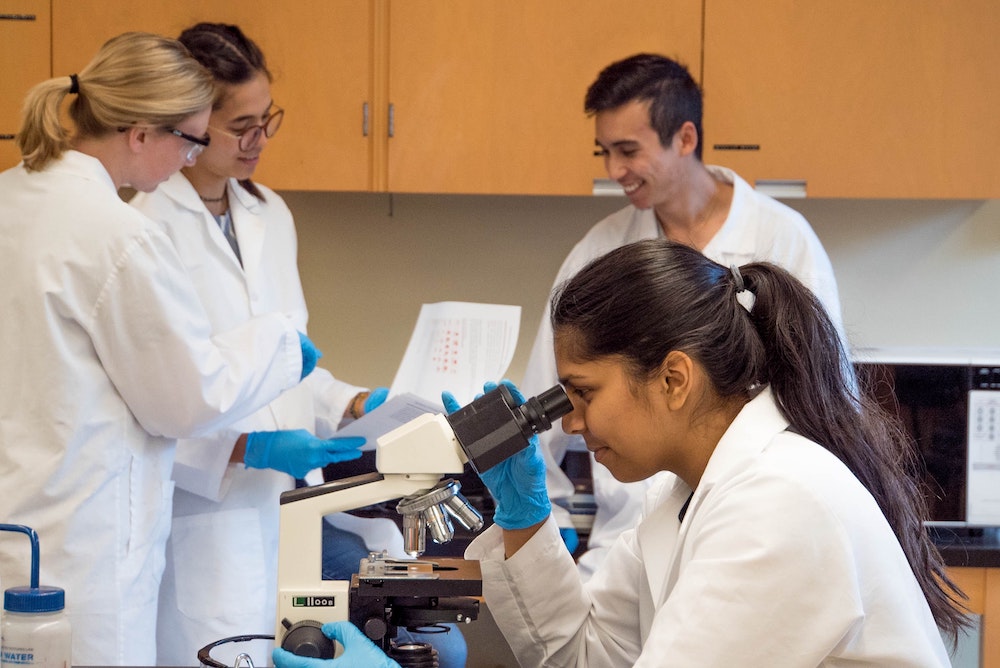Radiotherapy is the use of radiation to treat cancer. Over 50% of people with cancer need radiotherapy as part of their treatment plan.
It can be given before, during and after other cancer treatments such as chemotherapy, surgery, immunotherapy and endocrine therapy, or it can be given on its own.
Radiotherapy can be used to eliminate cancer, reduce the chance of cancer coming back or relieve symptoms caused by cancer.
Types of radiotherapy
Radiotherapy can be given from outside of the body (external radiotherapy) or from inside the body (internal radiotherapy).
The most common form of radiotherapy is external beam radiotherapy. This is where a machine is used to aim an external source of high energy radiation towards the affected part of the body, the radiation penetrates through the body to the area of cancer.
Internal radiotherapy is where the radioactive source is placed inside the body. This can be radioactive implants that are placed in or very close to the tumour or radioactive liquids that are absorbed by tumour cells at the site of the tumour.
This is given by a machine outside of the body typically does not require a stay in hospital.
This involves having radioactive material placed inside the body, either through implants or liquids.
This is a form of external beam radiotherapy, which uses beams of energetic neutrons, protons, or other heavier positive ions for cancer treatment.
How effective is radiotherapy?
For many common cancers, such as breast cancer, bowel cancer, uterine cancer, skin cancers and prostate cancer, radiotherapy is highly effective in reducing the risk of cancer recurrence if delivered either before or after surgery. In some cancers (prostate, head and neck, bladder, lung, cervix and skin cancers), radiotherapy, with or without drug therapy, can be used as the main curative treatment and in this way avoids the risks of surgery and the removal of tissues.
For some cancers that are too advanced to be cured, radiation therapy is very effective for alleviating pain and other problems caused by cancer, such as bleeding. For example, pain in the bones from the spread of cancer can be improved significantly or be completely removed in around 75% of patients.
New technological advances in radiation therapy have made life better for cancer patients in recent years by making treatments even quicker, more accurate and more effective. Ongoing investment in new technology is vital to ensure cancer patients can continue to benefit from high-quality, world-class radiotherapy.
How does radiotherapy work?
Radiotherapy works by destroying cancer cells in the area that’s being treated. Radiation damages the DNA inside cancer cells causing them to stop growing, unable to repair and stop multiplying. The cancerous cells are not able to recover from the damage caused. This results in a reduction or elimination of the cancer cells. Radiation also affects healthy cells and it is this that can cause side effects. However healthy non cancerous cells are better able to recover from exposure to radiation.
The side effects experienced depend on many variables, the type of radiotherapy, the length of treatment, what other treatments a patient is receiving, the individual themselves and any other health issues they may have and what area \ part of the body is being treated.
Who is the oncology team?
Radiation oncology teams are made up of the doctor (the Clinical Oncologist – CO), therapeutic radiographer, medical physicists, medical engineers and nursing staff.
Additionally, various other health specialists (dieticians, speech therapists, pathologists, psychologists, physiotherapists and dentists) may become part of this team depending on the location of the cancer.
The oncology team tailors the radiation treatment for each individual patient to ensure the best outcome whilst also making sure the specific needs of patients are met.
Helpful Resources
The future of radiotherapy
The technology and treatment techniques used in radiation oncology are constantly being improved. Recent advances have benefited many patients with cancer, resulting in higher cure rates, fewer side effects, faster treatment times and reduced number of treatments. New technology provides motion management systems and tumour tracking ability which precisely target radiation beams to the cancer while limiting damage to important adjacent organs \ healthy tissues.
Advances in real-time imaging, such as CT (computerised tomography) and MRIs (magnetic resonance imaging), enable treatment teams to compensate for patient movement, such as breathing and can adapt treatment plans to changes in the tumour shape, size and location.
Continued investment in radiation therapy services, clinical and laboratory research, and a well-trained radiation oncology team is vital for the health of cancer patients across the UK.
With cancer being the leading cause of death world-wide, investment in improving radiation oncology treatments, helping cancer patients access radiation therapy and building new treatment centres have never been more important.

